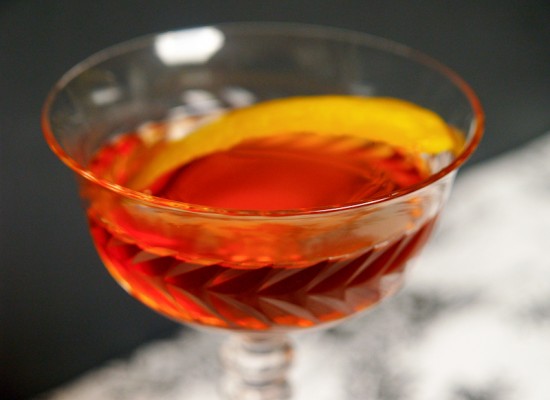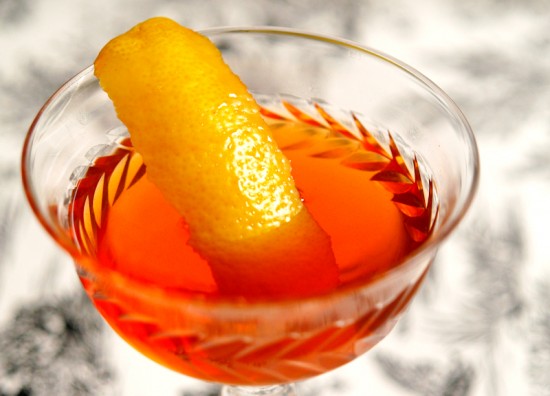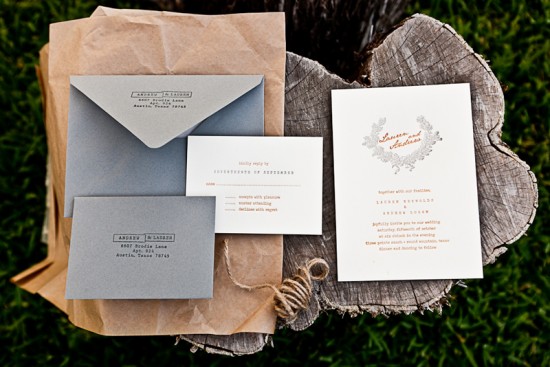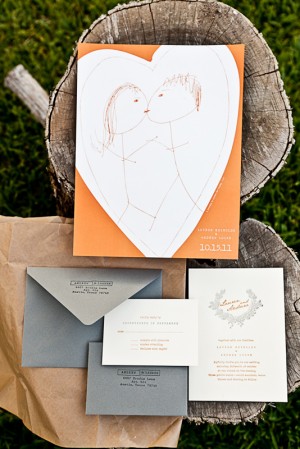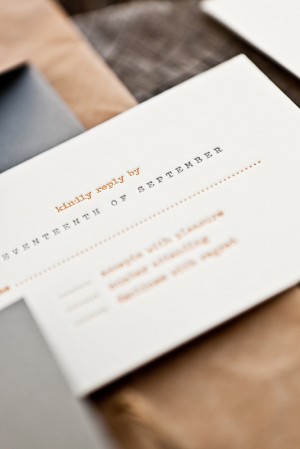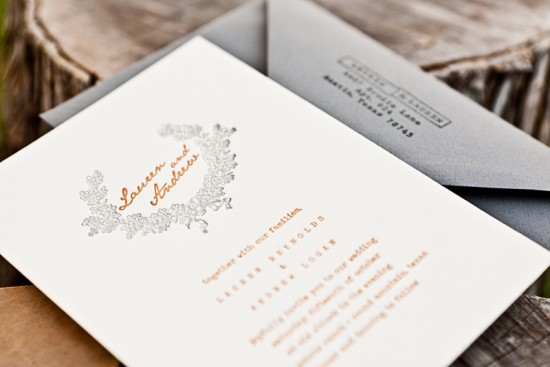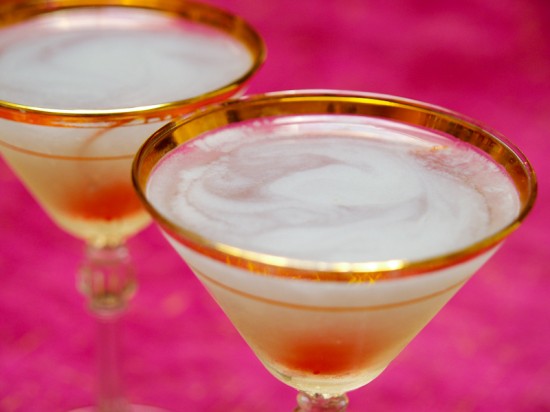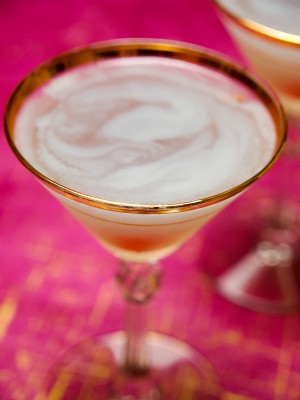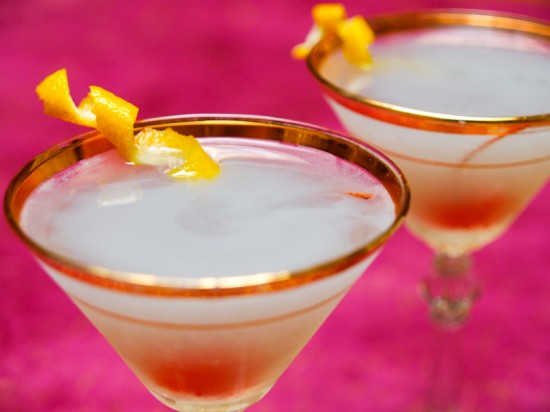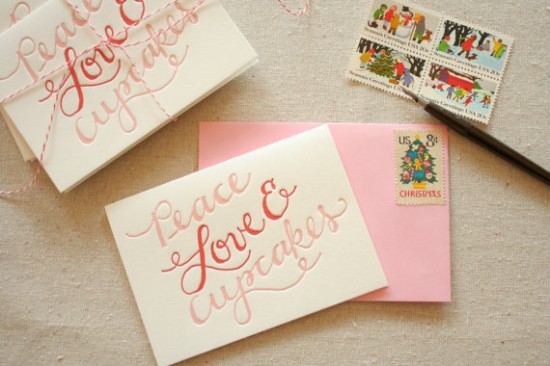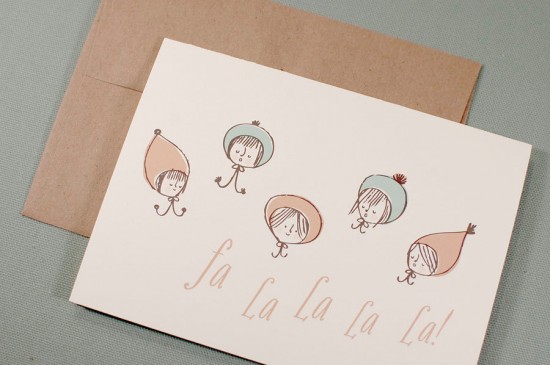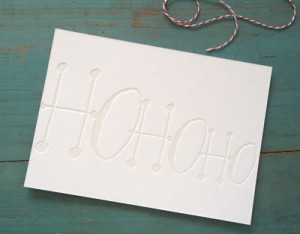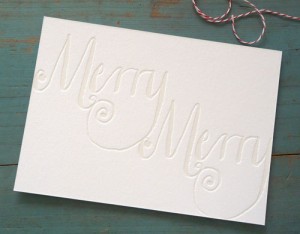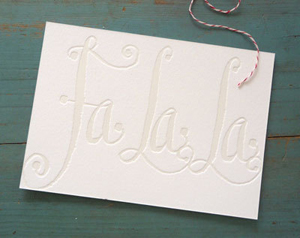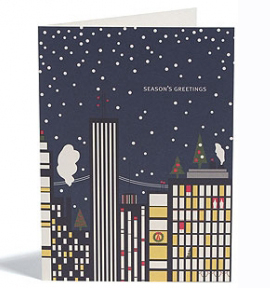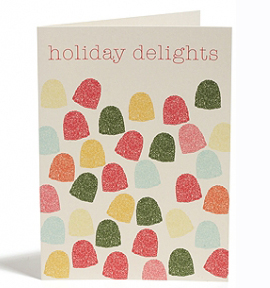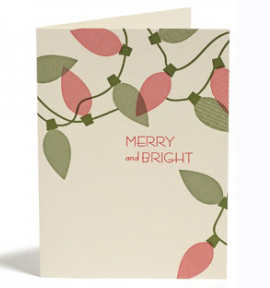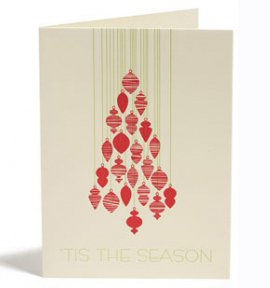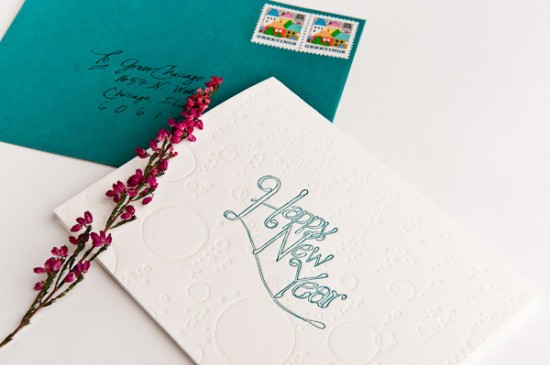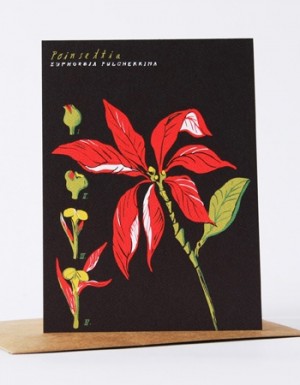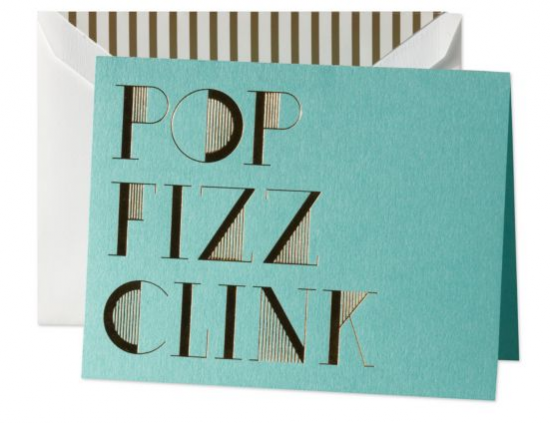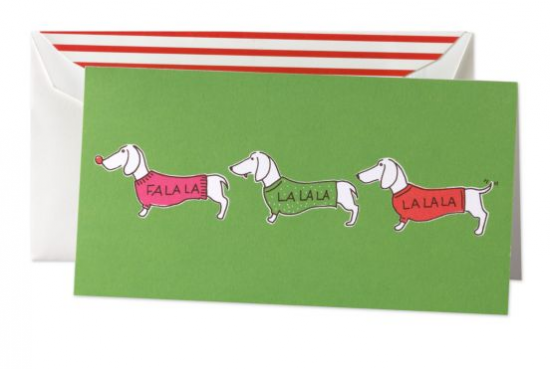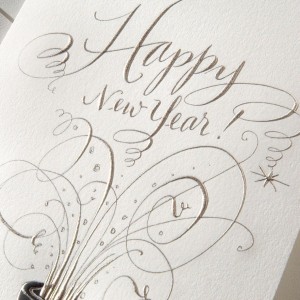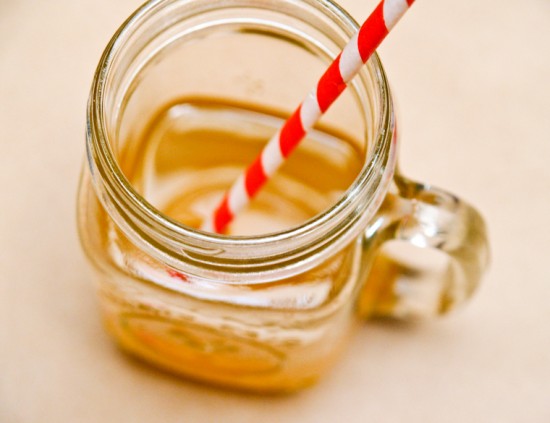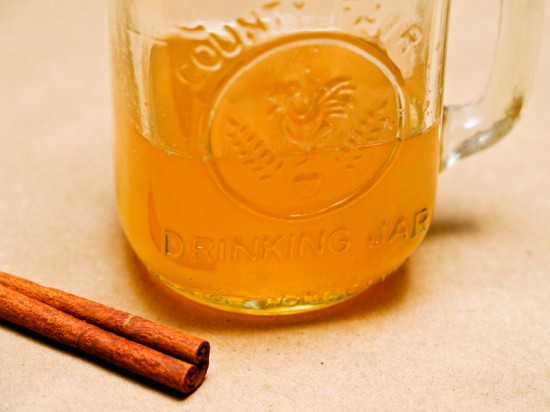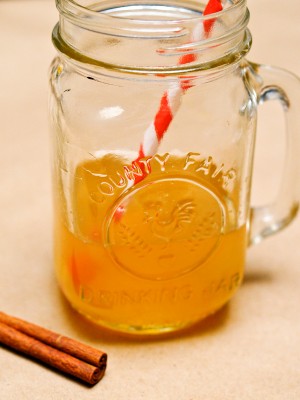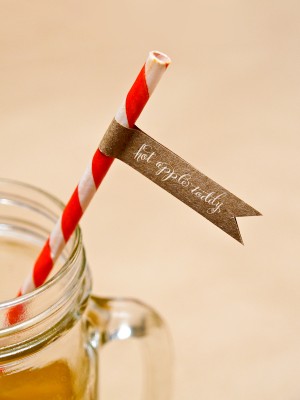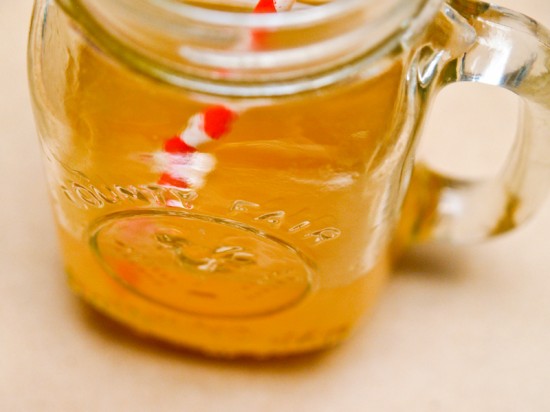This is, hands down, my favorite cocktail. Â It is rich and complex, bitter and sweet and herbal all at the same time, with a real sharpness to it. Â It’s a classic cocktail and a perfect pre-dinner drink for whetting the appetite.
Read below for the full recipe!
The Sazerac
2 oz Brandy or Whiskey (we did half of each for this recipe)
3-4 Dashes of Peychaud’s Bitters
1/4 oz Simple Syrup
1 Dash Absinthe
You’ll need two glasses for this one.  Fill one with ice to chill and set aside for a moment.  In the other, combine the spirits, bitters, and syrup.  Stir well with ice – give this a good 50 or more stirs.  Dump the ice out of the first glass, add a dash of Absinthe, swirl the glass to coat the inside with the Absinthe, then pour out any excess.  Strain the cocktail into the first glass, garnish with a lemon twist, and enjoy.
This is an old cocktail, a variation on the Old Fashioned that was invented in New Orleans some time in the mid-1800s. Â It was first made from brandy and gets its name from the Sazerac-de-Forge et Fils cognac. Starting in the 1860s, a nasty bug called Phylloxera wiped out most of Europe’s grapes, and the Sazerac cognac (along with many others) disappeared. Â Bartenders switched to whiskey, which works just fine in the Sazerac, either rye or bourbon or a combination of both. Â Brandy is the most traditional. Â My personal favorite is apple brandy, which gives the Sazerac a nice roundness. Â Play around with this one.
Don’t skimp on the Peychaud’s bitters, which give the Sazerac much of its color and a lot of its flavor. Â Some recipes call for adding Angostura or other bitters, but after lots of experimenting I can say: don’t. Â Don’t worry about the Absinthe: it has a dramatic reputation that it doesn’t really deserve. It’s an herbal liqueur, a lot like Benedictine or Chartreuse, that gives the Sazerac its sharpness and a lot of its complexity, but the legends about it causing hallucinations, madness, or death are just that.
Don’t forget the garnish which, like all garnishes, should pitch in and not just sit around looking pretty. Â Cut a piece of lemon peel, just the yellow part and not the bitter white pith. Â Twist it over the drink to express the oils into the drink, which helps blunt some of the bitterness and balance all the different flavors. Â Rub the rim of the glass with the lemon and either toss it away or into the drink. Â Sip your Sazerac, savor it, and get to know why this is the official cocktail of the Big Easy.
Photo Credits: Nole Garey for Oh So Beautiful Paper

